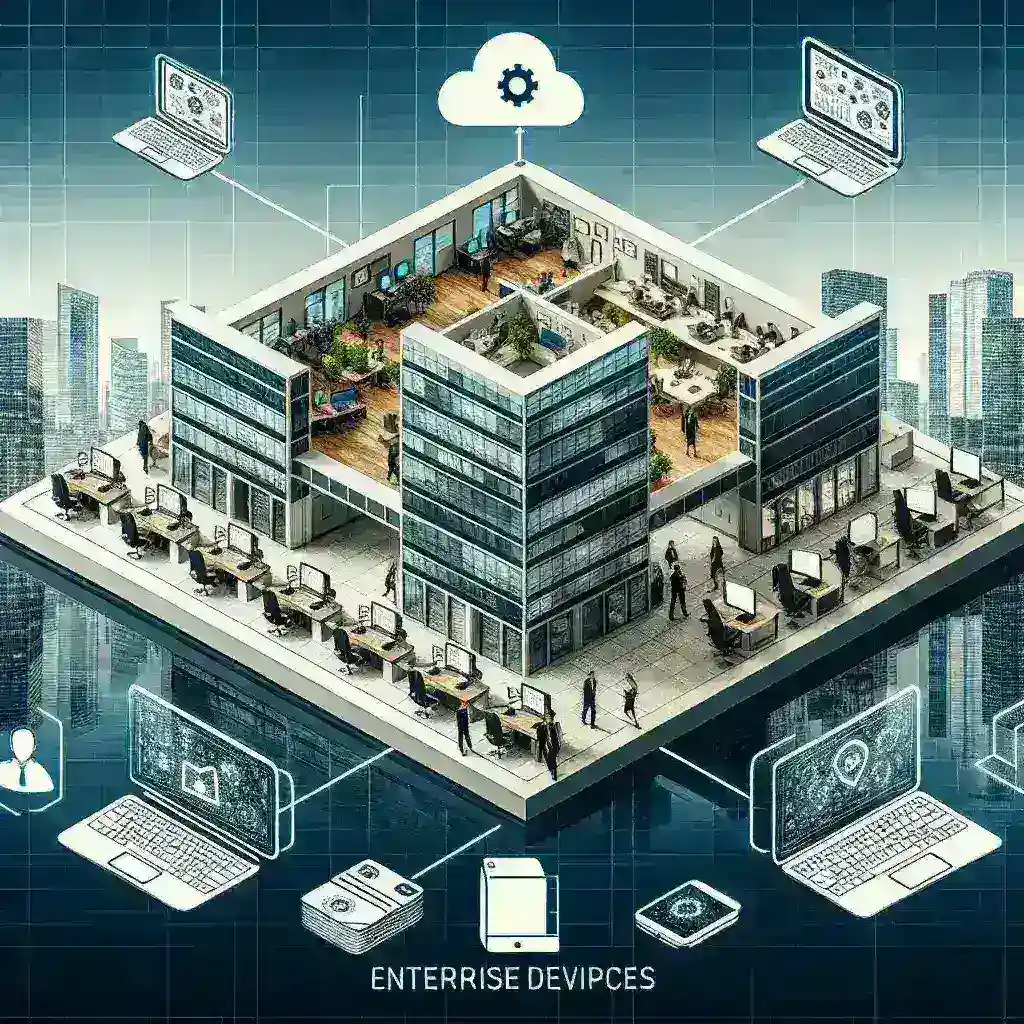Introduction
In an era where remote and hybrid work have become the norm, Microsoft has taken a significant step by launching a new hybrid work certification for enterprise devices. This initiative aims to empower organizations with tools that enhance productivity, security, and employee satisfaction. As businesses continue to adapt to the evolving landscape of work, this certification is set to play a crucial role in shaping the future of enterprise device management.
Understanding Hybrid Work
Hybrid work refers to a flexible work model where employees can split their time between working in a physical office and working remotely. This approach has gained traction, especially in the wake of the global pandemic, as companies recognize the benefits of flexibility and work-life balance.
The Rise of Remote Work
Statistics indicate that over 70% of employees want to continue working remotely at least part-time. This shift has prompted organizations to rethink their operational strategies and invest in technology that supports remote work.
Microsoft’s Vision for Hybrid Work
Microsoft has long been a leader in providing solutions that facilitate communication and collaboration in the workplace. With its focus on hybrid work, the company aims to create a seamless experience for employees, regardless of their work location.
Why Certification Matters
The introduction of a hybrid work certification underscores the importance of ensuring that enterprise devices are equipped to handle the demands of a flexible work environment. Certification provides a framework for organizations to evaluate the readiness of their devices, ensuring they meet specific standards for security, performance, and user experience.
Key Features of the Hybrid Work Certification
- Enhanced Security: As remote work increases, so do cybersecurity threats. The certification emphasizes robust security measures to protect sensitive data.
- Improved Performance: Devices certified under this program are optimized for productivity, ensuring that employees have the tools they need to perform at their best.
- User Experience: A focus on user experience ensures that devices are easy to use and integrate smoothly with existing software and tools.
Steps to Achieve Certification
Organizations looking to certify their devices must follow several steps:
1. Assessment
Conduct a thorough assessment of existing devices to determine their compatibility with the certification requirements.
2. Implementation
Implement necessary upgrades or changes to enhance security and performance. This may involve software updates or hardware enhancements.
3. Testing
Test devices against the certification criteria to ensure they meet all the necessary standards.
4. Application
Submit an application for certification through the Microsoft certification portal.
Benefits of Hybrid Work Certification
- Increased Productivity: By ensuring that all devices meet high standards, organizations can boost employee productivity and satisfaction.
- Better Compliance: The certification helps companies stay compliant with industry regulations concerning data protection and privacy.
- Enhanced Collaboration: With certified devices, teams can collaborate more effectively, regardless of their physical location.
Challenges in Hybrid Work Implementation
While the benefits are substantial, organizations may face challenges when implementing hybrid work strategies:
1. Technology Integration
Integrating new technologies with existing systems can be complex, requiring careful planning and execution.
2. Employee Adaptation
Employees may need time to adapt to new workflows and technologies. Providing adequate training and support is crucial for a smooth transition.
3. Maintaining Security
As devices are used in various locations, maintaining security becomes increasingly challenging. Organizations must stay vigilant against emerging threats.
The Future of Hybrid Work Certification
As hybrid work continues to evolve, Microsoft’s certification program is likely to adapt to meet changing needs. Future predictions suggest that:
- We will see more emphasis on artificial intelligence and machine learning in managing and securing devices.
- Remote work tools will become more integrated, creating a seamless experience for users.
- Certification programs may expand to include additional criteria, such as environmental impact and sustainability.
Conclusion
Microsoft’s launch of the hybrid work certification for enterprise devices marks a pivotal moment in the transition toward flexible work environments. By focusing on security, performance, and user experience, this initiative not only equips organizations with the necessary tools to thrive in a hybrid work model but also sets a benchmark for the industry. Embracing this certification can lead to a more productive, secure, and satisfied workforce, ultimately contributing to the organization’s success in the long run.
